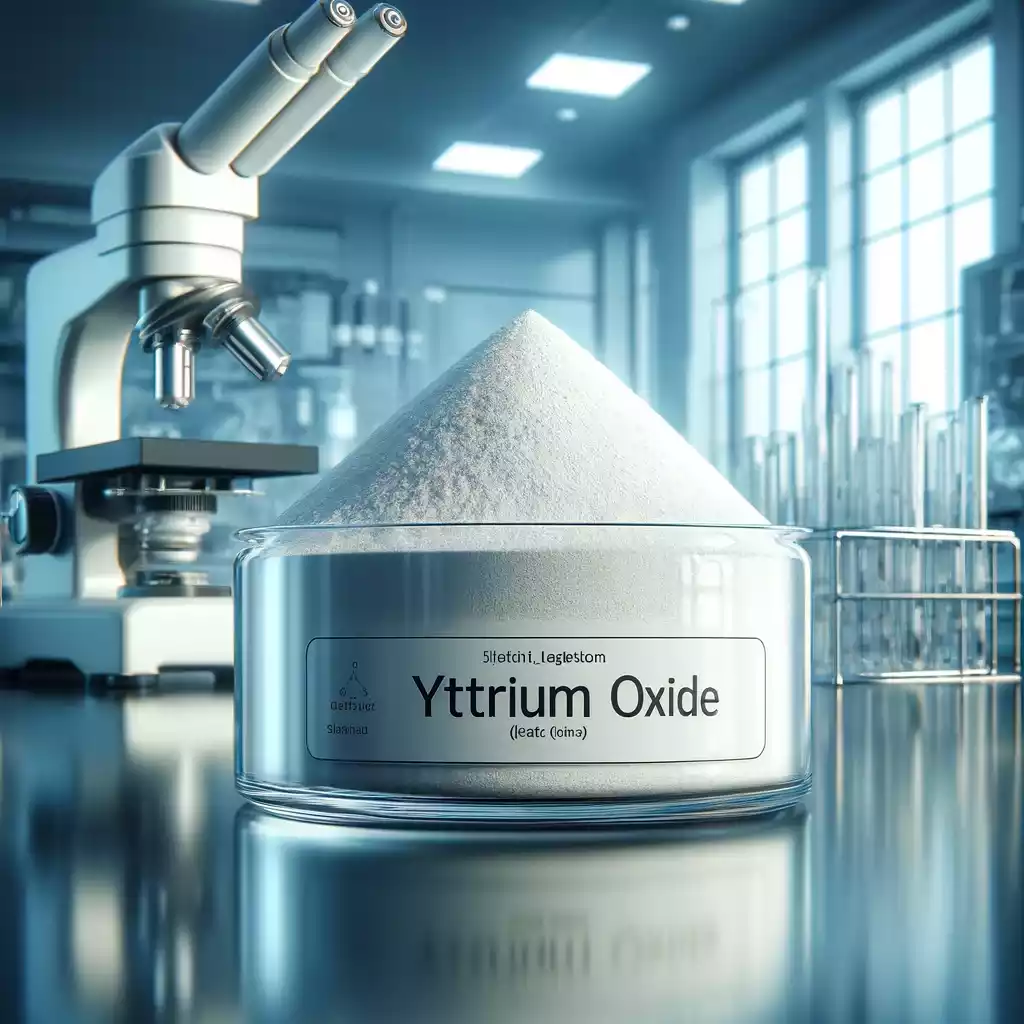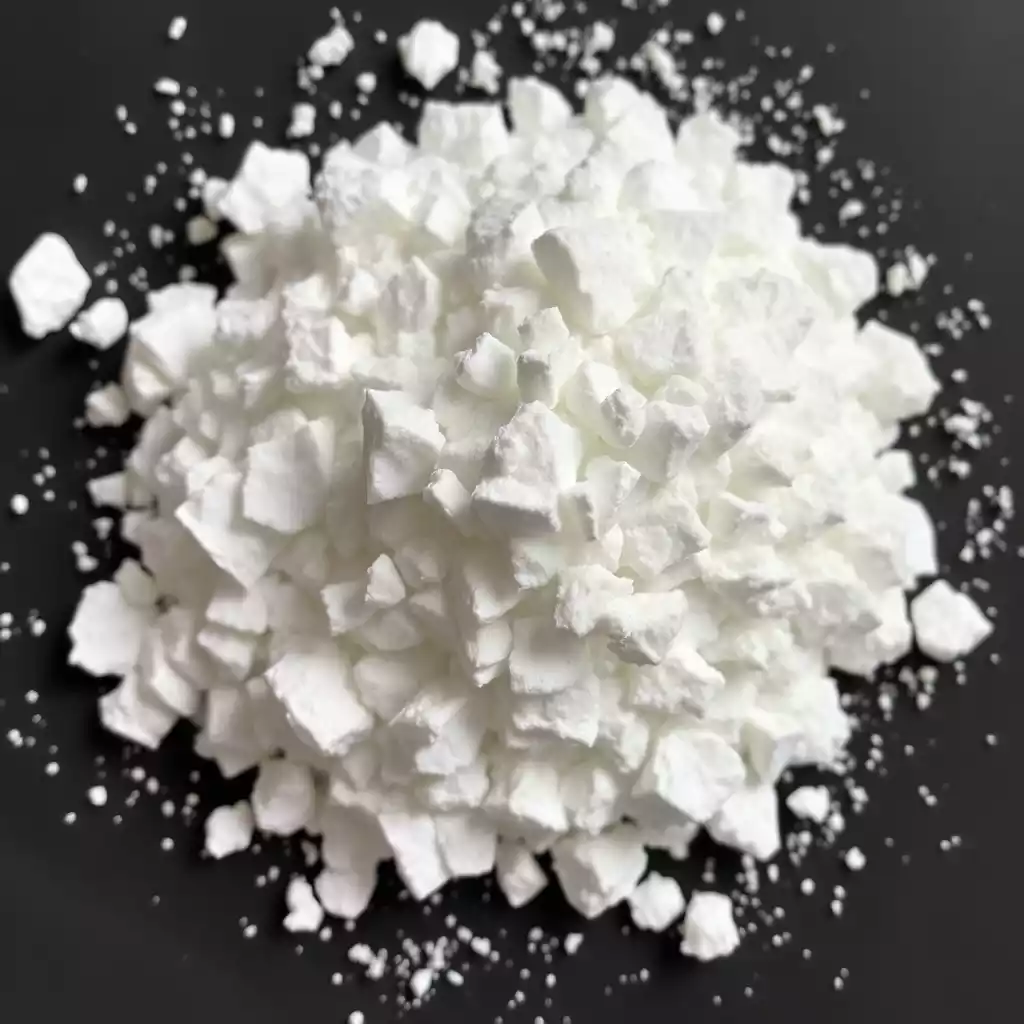![]()

The Role of Ruthenium Catalysts in Batteries
In the ever-evolving world of energy storage, the development of efficient, durable, and high-performing batteries is crucial for a wide range of applications, from consumer electronics to electric vehicles. The role of ruthenium catalysts in batteries is becoming increasingly prominent as industries look for ways to improve energy conversion, increase battery lifespan, and reduce costs. Ruthenium, a precious metal known for its high catalytic activity, is now making waves in the energy storage sector, particularly in the development of advanced battery technologies.
At Honrel, we understand the importance of cutting-edge chemical materials in the development of modern energy solutions. Ruthenium catalysts are playing a vital role in improving the efficiency and performance of batteries, especially in electrochemical applications like fuel cells and rechargeable batteries. This article delves into the fascinating role of ruthenium in battery technology and how it is revolutionizing the energy storage landscape.
How Ruthenium Catalysts Enhance Battery Performance
Ruthenium is a highly effective catalyst, primarily used in electrochemical reactions due to its exceptional properties such as stability, high conductivity, and resistance to corrosion. When integrated into batteries, especially in solid oxide fuel cells (SOFCs) and hydrogen fuel cells, ruthenium enhances the efficiency of energy conversion processes. Here’s how it works:
- Electrochemical Reactions
Ruthenium’s primary function in batteries is to facilitate electrochemical reactions. In fuel cells, for example, it aids in the hydrogen oxidation reaction (HOR) and the oxygen reduction reaction (ORR). By accelerating these reactions, ruthenium significantly improves the efficiency of fuel cells, making them more viable for commercial use. - Stability and Longevity
Ruthenium is highly resistant to degradation, which is essential for battery longevity. Unlike other metals that may wear down over time due to repeated chemical reactions, ruthenium maintains its structure and effectiveness, ensuring that the battery retains its performance over a more extended period. - Enhanced Conductivity
Ruthenium’s excellent electrical conductivity ensures that electrons flow efficiently between the anode and cathode of the battery, minimizing energy loss and maximizing overall battery performance. This is particularly valuable in the development of high-power batteries for electric vehicles and industrial applications. - Hydrogen Storage and Utilization
In hydrogen-powered batteries, ruthenium plays a crucial role in hydrogen storage and utilization. It aids in the reversible absorption of hydrogen, facilitating its storage and release when needed. This process is vital for hydrogen-based energy systems, such as fuel cells, where ruthenium-based catalysts help improve hydrogen uptake and conversion efficiency.

The Benefits of Using Ruthenium Catalysts in Modern Batteries
As battery technology continues to advance, integrating ruthenium catalysts can offer several key advantages:
- Higher Energy Density
By improving electrochemical reactions, ruthenium allows batteries to store more energy in a smaller space. This leads to batteries with higher energy densities, which are essential for applications like electric vehicles where space and weight are significant concerns. - Faster Charging and Discharging Rates
Ruthenium-based catalysts enable faster reaction rates, which directly translate into quicker charging and discharging cycles for batteries. This is particularly important for the adoption of electric vehicles, where fast-charging capabilities are a critical factor in user convenience. - Cost-Effective Solutions
While ruthenium is a precious metal, its use in catalysts can make the battery more cost-effective in the long run. By improving battery efficiency and longevity, ruthenium reduces the need for frequent replacements and maintenance, offering significant savings for industries and consumers alike. - Environmentally Friendly
Ruthenium’s ability to improve fuel cell efficiency also contributes to more environmentally friendly energy systems. By enhancing the performance of hydrogen fuel cells, ruthenium catalysts help reduce carbon emissions and promote cleaner energy solutions.
Applications of Ruthenium Catalysts in Battery Technology
Ruthenium’s role in battery technology isn’t limited to just fuel cells. It also plays a crucial part in other types of batteries and energy storage systems, including:
- Lithium-Ion Batteries
Ruthenium is being explored as a potential catalyst in lithium-ion batteries, especially in the development of solid-state batteries. Its ability to improve conductivity and efficiency makes it a promising candidate for the next generation of high-performance lithium-ion batteries. - Flow Batteries
Ruthenium catalysts are also being considered for use in flow batteries, which store energy in liquid electrolytes. These batteries are gaining popularity for large-scale energy storage applications, such as grid energy storage, due to their scalability and efficiency. - Supercapacitors
In supercapacitors, which store energy through electrostatic fields rather than chemical reactions, ruthenium can be used to enhance the energy density and charge/discharge rates, making them more suitable for high-performance applications that require rapid bursts of energy.
The Future of Ruthenium Catalysts in Energy Storage
As the world continues to move toward renewable energy sources, the demand for efficient, durable, and cost-effective energy storage solutions will only increase. Ruthenium catalysts are poised to play an even more significant role in the future of energy storage, particularly in the development of next-generation batteries.
With ongoing research and development in ruthenium-based catalytic materials, we can expect to see even more advanced applications in the coming years. From electric vehicles to large-scale energy storage systems, ruthenium catalysts have the potential to transform the way we store and utilize energy.
At Honrel, we are committed to providing high-quality raw materials for industries that are shaping the future of energy. Our ruthenium catalysts are engineered to meet the rigorous demands of modern battery technology, offering superior performance and longevity.
For more information on our ruthenium catalysts and how they can enhance your energy storage solutions, visit the following links:
Frequently Asked Questions (FAQs)
- What makes ruthenium catalysts ideal for batteries? Ruthenium’s high catalytic activity, stability, and conductivity make it a perfect candidate for enhancing battery efficiency, longevity, and energy density.
- How do ruthenium catalysts improve hydrogen fuel cells? Ruthenium helps accelerate the hydrogen oxidation and oxygen reduction reactions, improving the efficiency of fuel cells used in electric vehicles and other energy applications.
- Are ruthenium catalysts cost-effective in the long run? Yes, while ruthenium is a precious metal, its ability to improve battery performance and extend lifespan makes it a cost-effective solution in the long term.
- Can ruthenium be used in lithium-ion batteries? Ruthenium is being explored as a potential catalyst in lithium-ion batteries, particularly in the development of solid-state batteries that offer higher performance and energy density.
- What is the environmental impact of ruthenium catalysts in batteries? Ruthenium catalysts contribute to more efficient energy systems, particularly hydrogen fuel cells, which can help reduce carbon emissions and promote sustainable energy solutions.
- How does ruthenium enhance the performance of flow batteries? Ruthenium improves the efficiency of electrochemical reactions in flow batteries, enhancing their scalability and performance for large-scale energy storage applications.
- What are supercapacitors, and how does ruthenium improve them? Supercapacitors store energy through electrostatic fields, and ruthenium enhances their energy density and charge/discharge rates, making them ideal for high-power applications.
- What are the future prospects of ruthenium catalysts in energy storage? Ruthenium catalysts are expected to play a crucial role in the development of next-generation batteries, especially in the context of electric vehicles and renewable energy storage.
Conclusion: Ruthenium Catalysts—The Future of Battery Technology
The role of ruthenium catalysts in batteries cannot be overstated. From enhancing energy density to improving efficiency and reducing environmental impact, ruthenium is revolutionizing the energy storage industry. As technologies continue to evolve, ruthenium’s importance in fuel cells, lithium-ion batteries, and other energy systems will only grow. At Honrel, we are proud to supply high-quality ruthenium catalysts that help power the future of energy storage, driving progress toward a more sustainable and efficient world.




